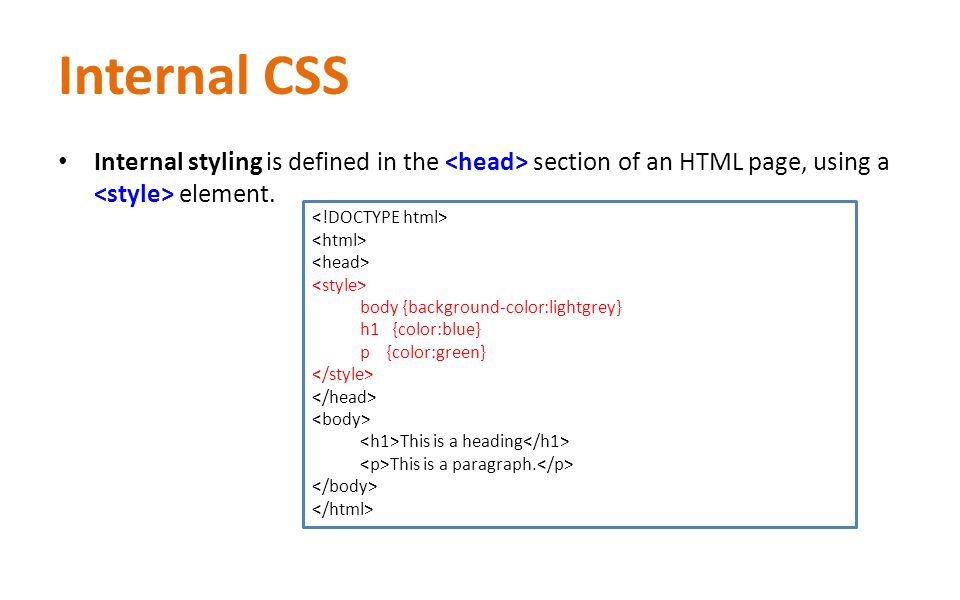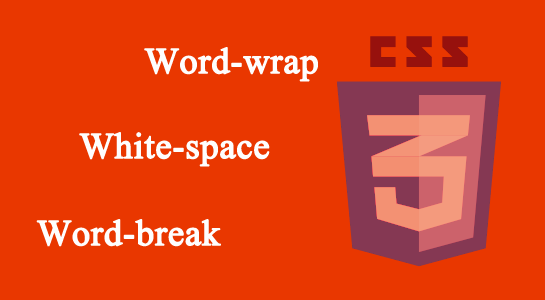What are Pseudo-Elements?
A CSS pseudo-element is used to style specified parts of an element.
For example, it can be used to:
- Style the first letter, or line, of an element
- Insert content before, or after, the content of an element
Syntax
The syntax of pseudo-elements:
selector::pseudo-element {
property:value;
}
Notice the double colon notation – ::first-line versus :first-line
The double colon replaced the single-colon notation for pseudo-elements in CSS3. This was an attempt from W3C to distinguish between pseudo-classes and pseudo-elements.
The single-colon syntax was used for both pseudo-classes and pseudo-elements in CSS2 and CSS1.
For backward compatibility, the single-colon syntax is acceptable for CSS2 and CSS1 pseudo-elements.
The ::first-line Pseudo-element
The ::first-line pseudo-element is used to add a special style to the first line of a text.
The following example formats the first line of the text in all <p> elements:
Example
p::first-line {
color: #ff0000;
font-variant: small-caps;
}
Note: The ::first-line pseudo-element can only be applied to block-level elements.
The following properties apply to the ::first-line pseudo-element:
- font properties
- color properties
- background properties
- word-spacing
- letter-spacing
- text-decoration
- vertical-align
- text-transform
- line-height
- clear
The ::first-letter Pseudo-element
The ::first-letter pseudo-element is used to add a special style to the first letter of a text.
The following example formats the first letter of the text in all <p> elements:
Example
p::first-letter {
color: #ff0000;
font-size: xx-large;
}
Note: The ::first-letter pseudo-element can only be applied to block-level elements.
The following properties apply to the ::first-letter pseudo- element:
- font properties
- color properties
- background properties
- margin properties
- padding properties
- border properties
- text-decoration
- vertical-align (only if “float” is “none”)
- text-transform
- line-height
- float
- clear
Pseudo-elements and CSS Classes
Pseudo-elements can be combined with CSS classes:
Example
p.intro::first-letter {
color: #ff0000;
font-size:200%;
}
The example above will display the first letter of paragraphs with class=”intro”, in red and in a larger size.
Multiple Pseudo-elements
Several pseudo-elements can also be combined.
In the following example, the first letter of a paragraph will be red, in an xx-large font size. The rest of the first line will be blue, and in small-caps. The rest of the paragraph will be the default font size and color:
Example
p::first-letter {
color: #ff0000;
font-size: xx-large;
}
p::first-line {
color: #0000ff;
font-variant: small-caps;
}
CSS – The ::before Pseudo-element
The ::before pseudo-element can be used to insert some content before the content of an element.
The following example inserts an image before the content of each <h1> element:
Example
h1::before {
content: url(smiley.gif);
}
CSS – The ::after Pseudo-element
The ::after pseudo-element can be used to insert some content after the content of an element.
The following example inserts an image after the content of each <h1> element:
Example
h1::after {
content: url(smiley.gif);
}
CSS – The ::selection Pseudo-element
The ::selection pseudo-element matches the portion of an element that is selected by a user.
The following CSS properties can be applied to ::selection: color, background, cursor, and outline.
The following example makes the selected text red on a yellow background:
Example
::selection {
color: red;
background: yellow;
}
All CSS Pseudo Elements
| Selector | Example | Example description |
|---|---|---|
| ::after | p::after | Insert something after the content of each <p> element |
| ::before | p::before | Insert something before the content of each <p> element |
| ::first-letter | p::first-letter | Selects the first letter of each <p> element |
| ::first-line | p::first-line | Selects the first line of each <p> element |
| ::selection | p::selection | Selects the portion of an element that is selected by a user |
All CSS Pseudo Classes
| Selector | Example | Example description |
|---|---|---|
| :active | a:active | Selects the active link |
| :checked | input:checked | Selects every checked <input> element |
| :disabled | input:disabled | Selects every disabled <input> element |
| :empty | p:empty | Selects every <p> element that has no children |
| :enabled | input:enabled | Selects every enabled <input> element |
| :first-child | p:first-child | Selects every <p> elements that is the first child of its parent |
| :first-of-type | p:first-of-type | Selects every <p> element that is the first <p> element of its parent |
| :focus | input:focus | Selects the <input> element that has focus |
| :hover | a:hover | Selects links on mouse over |
| :in-range | input:in-range | Selects <input> elements with a value within a specified range |
| :invalid | input:invalid | Selects all <input> elements with an invalid value |
| :lang(language) | p:lang(it) | Selects every <p> element with a lang attribute value starting with “it” |
| :last-child | p:last-child | Selects every <p> elements that is the last child of its parent |
| :last-of-type | p:last-of-type | Selects every <p> element that is the last <p> element of its parent |
| :link | a:link | Selects all unvisited links |
| :not(selector) | :not(p) | Selects every element that is not a <p> element |
| :nth-child(n) | p:nth-child(2) | Selects every <p> element that is the second child of its parent |
| :nth-last-child(n) | p:nth-last-child(2) | Selects every <p> element that is the second child of its parent, counting from the last child |
| :nth-last-of-type(n) | p:nth-last-of-type(2) | Selects every <p> element that is the second <p> element of its parent, counting from the last child |
| :nth-of-type(n) | p:nth-of-type(2) | Selects every <p> element that is the second <p> element of its parent |
| :only-of-type | p:only-of-type | Selects every <p> element that is the only <p> element of its parent |
| :only-child | p:only-child | Selects every <p> element that is the only child of its parent |
| :optional | input:optional | Selects <input> elements with no “required” attribute |
| :out-of-range | input:out-of-range | Selects <input> elements with a value outside a specified range |
| :read-only | input:read-only | Selects <input> elements with a “readonly” attribute specified |
| :read-write | input:read-write | Selects <input> elements with no “readonly” attribute |
| :required | input:required | Selects <input> elements with a “required” attribute specified |
| :root | root | Selects the document’s root element |
| :target | #news:target | Selects the current active #news element (clicked on a URL containing that anchor name) |
| :valid | input:valid | Selects all <input> elements with a valid value |
| :visited | a:visited | Selects all visited links |







Leave A Comment